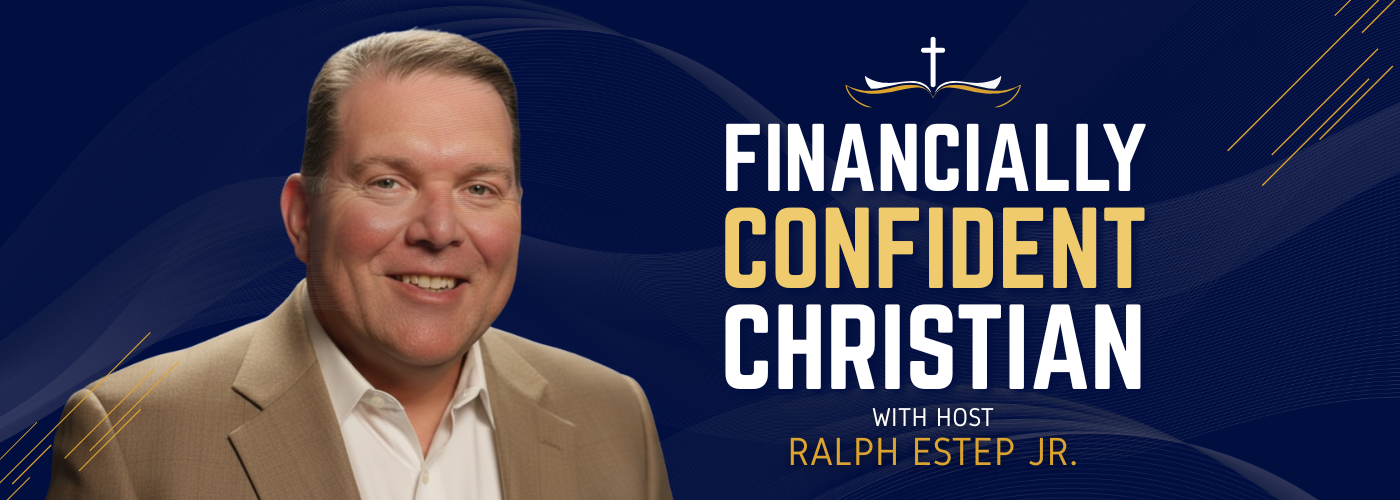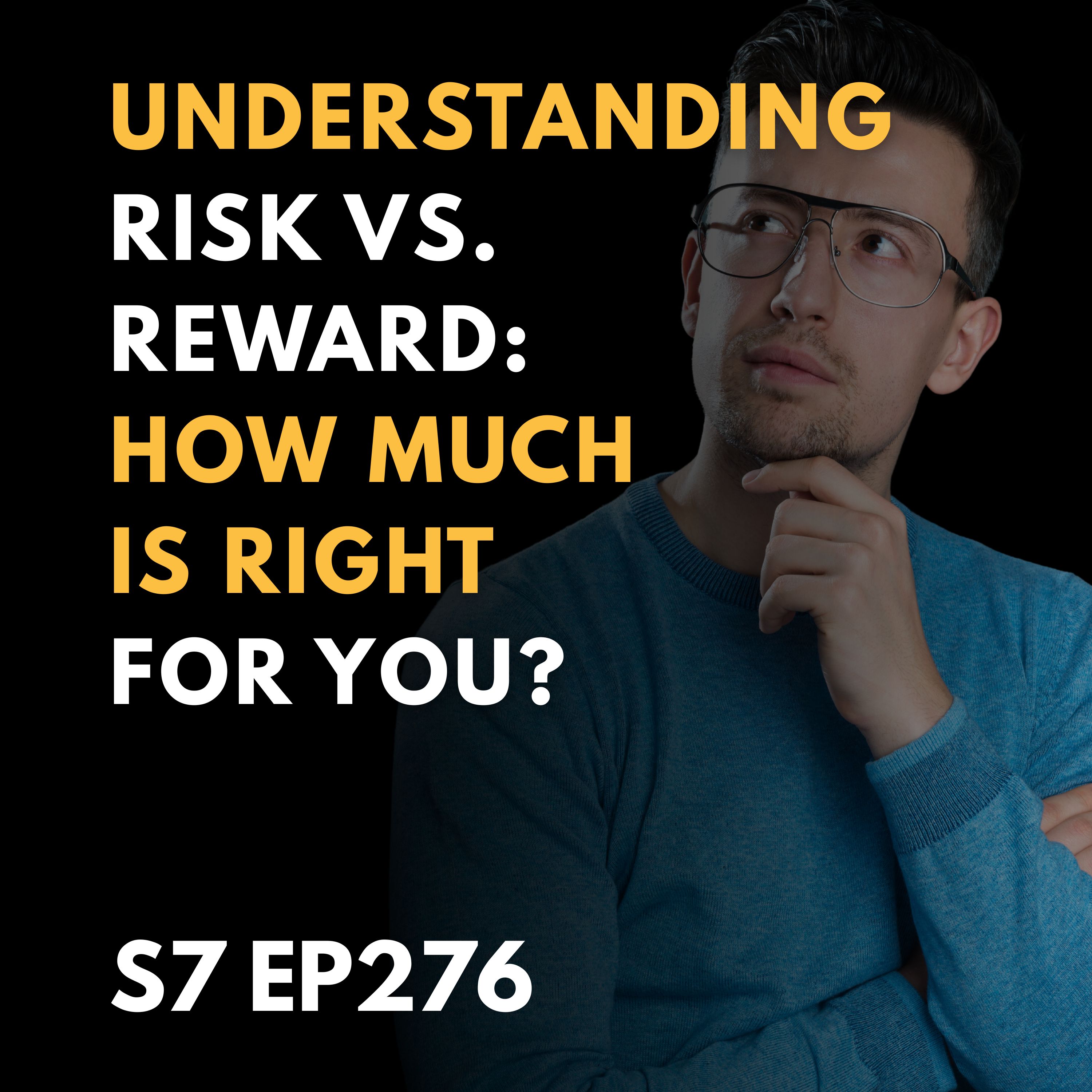Understanding Risk vs. Reward: How Much is Right for You?

Investing can be a double-edged sword. On one hand, it's the key to growing wealth, but on the other, the inherent risks can lead to anxiety and hesitation. Understanding risk reward is crucial here—how much risk you’re willing to take should align with your goals, time horizon, and comfort level. How do you strike the right balance between risk and reward? This question, posed by a listener named Ralph, underpins today's discussion, as we delve into how to approach investing with wisdom and a steady heart—Understanding Risk vs. Reward: How Much is Right for You?
Understanding the Balance
The premise is simple: risk and reward go hand in hand. Whether you’re a cautious saver or a thrill-seeking investor, finding your balance is crucial for financial confidence. Those with experience in investing can often attest to the lessons learned from both extremes—acting out of fear or diving in recklessly. Neither approach truly works without recognizing the importance of balance.
A Tale of Caution
Consider a young couple eager to invest, who were swept up by tales of stocks doubling overnight. Ignoring advice on balance, they plunged into high-risk investments. Eventually, a market dip left them regretting the hasty decisions. This story is a reminder that while markets ebb and flow, sound decision-making rooted in self-awareness can prevent rash actions.
The Fundamentals of Investment Risk
Investing isn't without risks, and different instruments carry varying levels. Low-risk options, like savings accounts or government bonds, yield modest returns, while high-risk investments, such as stocks or speculative real estate, might offer greater rewards. This unequivocal truth forms the basis of any investment strategy: the connection between risk and reward is unalterable.
Tailoring Your Investment Approach
There's no universal solution to investing, as each person's comfort level varies. Hence, start by assessing your risk tolerance, financial goals, and timelines before making decisions. When unsure, seeking advice from a trusted financial advisor, who can tailor investment plans to your specific circumstances, is advisable.
Financial Wisdom from Proverbs
Drawing inspiration from scripture, Proverbs 22:3 teaches the value of prudence in financial dealings. While every investment involves risk, understanding your limits fosters peace and encourages wise choices. Finding the balance suited to your needs aligns with the biblical counsel of safeguarding oneself against unnecessary penalties.
Practical Steps for Investment Confidence
When charting your investment path, consider the following steps:
- Define Your Timeline: Determine whether your investment is short-term or long-term. Short-term needs necessitate lower risk, while long-term investments might withstand more volatility.
- Assess Risk Tolerance: Anticipate how market fluctuations might affect you. For instance, if a 10% market drop induces sleepless nights, a more secure approach may be warranted.
- Remember Your Anchor: Ultimately, a belief in a higher power can provide reassurance through financial ups and downs. Trusting in divine guidance ensures that, while market conditions may shift, your spiritual security remains constant.
Conclusion and Invitation
In conclusion, investing with both wisdom and faith cultivates peace even amidst market uncertainties. If fear is holding you back, consider accessing resources that foster financial confidence, such as my book, "How to Become a Financially Confident Christian." Download it for free at financiallyconfidentchristian.com/becoming, and take the first step towards embracing your full financial potential.
Final Thoughts
Believe in yourself, as I believe in you, but more importantly, trust that God believes in you. Cultivate financial savvy with confidence, and may God bless your journey towards financial wisdom.













